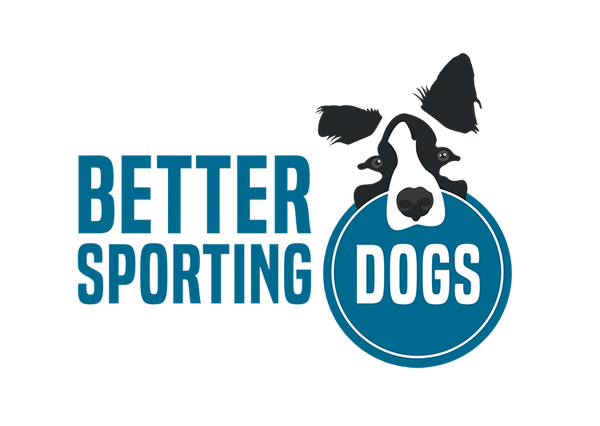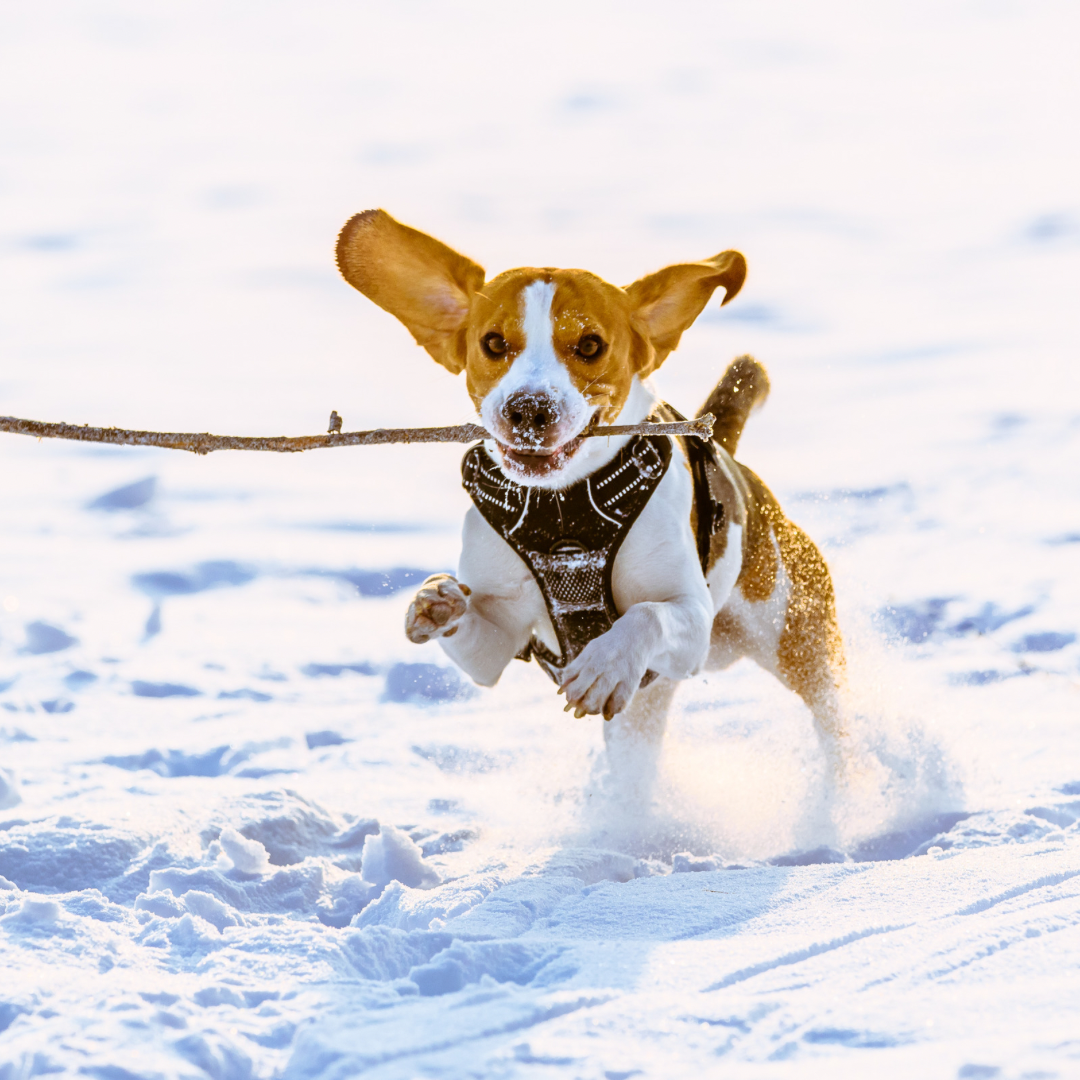Winter is in full swing! During this season, dog lovers and their furry companions find new ways to embrace the chilly weather.

One exciting activity that perfectly combines the joy of winter and the energy of our four-legged friends is dog agility. Explore these benefits, challenges, and tips for dog agility during winter and make the most out of the next few months.
- Winter Agility
- The cold weather is invigorating and can add an extra layer of challenge to agility courses, making the experience more exciting for both the handler and the dog.
- The Benefits of Winter Agility
- Exercise and Energy Release: Winter can be a challenging time for dogs to get enough exercise, especially in colder climates. Dog agility provides an excellent outlet for your furry friend's pent-up energy, helping them stay fit and healthy during the winter months.
- Mental Stimulation: Navigating through snowy obstacles requires focus and concentration, offering mental stimulation for your dog. This is crucial for keeping their minds sharp, even when outdoor activities may be limited.
- Challenges of Winter Agility
- Cold Paws and Safety: While the snow adds an exciting element to agility, it's essential to ensure your dog's safety. Cold paws can be a concern, so consider investing in paw protection, like booties, to keep your dog's feet warm and shielded from ice.
- Limited Visibility: Shorter daylight hours and overcast skies can reduce visibility during winter. Choose well-lit areas for your agility sessions, and consider using reflective gear for both you and your dog to stay visible in low-light conditions.
- Tips for Winter Agility Success
- Warm-Up Exercises: Begin each session with a thorough warm-up for both you and your dog to prevent injuries in the cold weather.
- Adapt the Course: Modify agility courses to suit winter conditions. Incorporate snow mounds, tunnels, or other snowy elements to make the experience more enjoyable.
- Reward System: Positive reinforcement is crucial during winter agility. Reward your dog with treats, praise, or playtime to reinforce good behavior and performance.
- Take Agility Indoors!
- Better Sporting Dogs equipment is intended for indoor and outdoor use. The equipment can be set up inside – hallways, basements, living spaces – opportunities are endless! Even setting up one obstacle indoors will be a mental challenge for your dog.
When the agility equipment is set up, you want to make sure it is on a soft surface. You do not want to have a dog practice repetitively on a concrete, or asphalt-type surface.
- Community Events and Competitions
- Many dog agility clubs and organizations organize winter-themed events and competitions. Participating in these activities not only adds a competitive edge to your winter agility experience but also allows you to connect with like-minded dog enthusiasts.
Winter agility is a fantastic way to make the most of the colder months, providing your dog with exercise, mental stimulation, and a whole lot of fun. By embracing the challenges and adapting your approach, you and your furry friend can navigate winter agility courses with enthusiasm, creating lasting memories in the snowy wonderland. So, bundle up, grab your pup, and let the winter agility adventures begin!

SAFETY FIRST:
As always, you should make sure your dog is in good physical health before beginning any agility training. Young puppies should not be jumping over bar heights to protect their joint health. If you're waiting for a puppy to grow up, now is a great time to work on foundation training.

